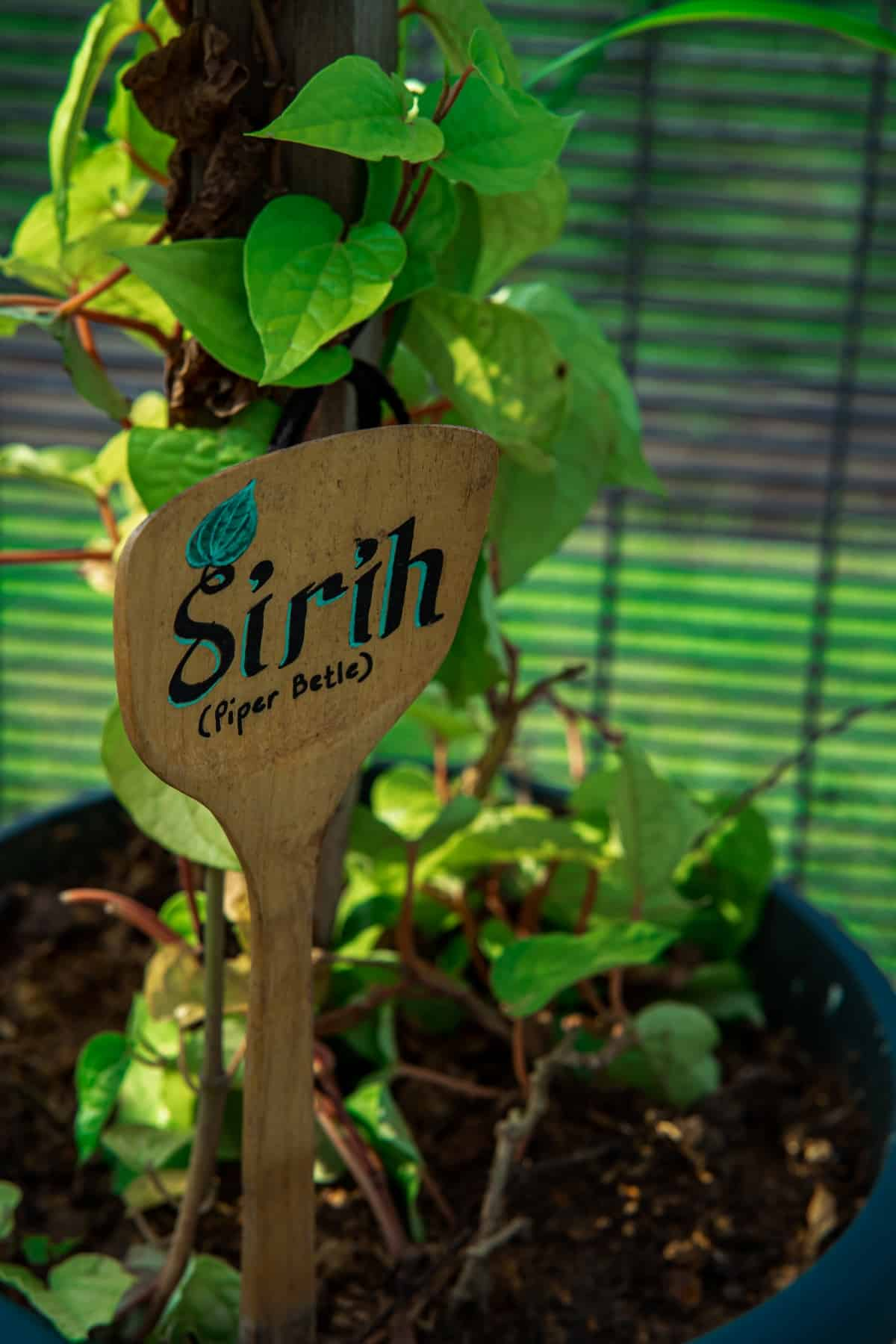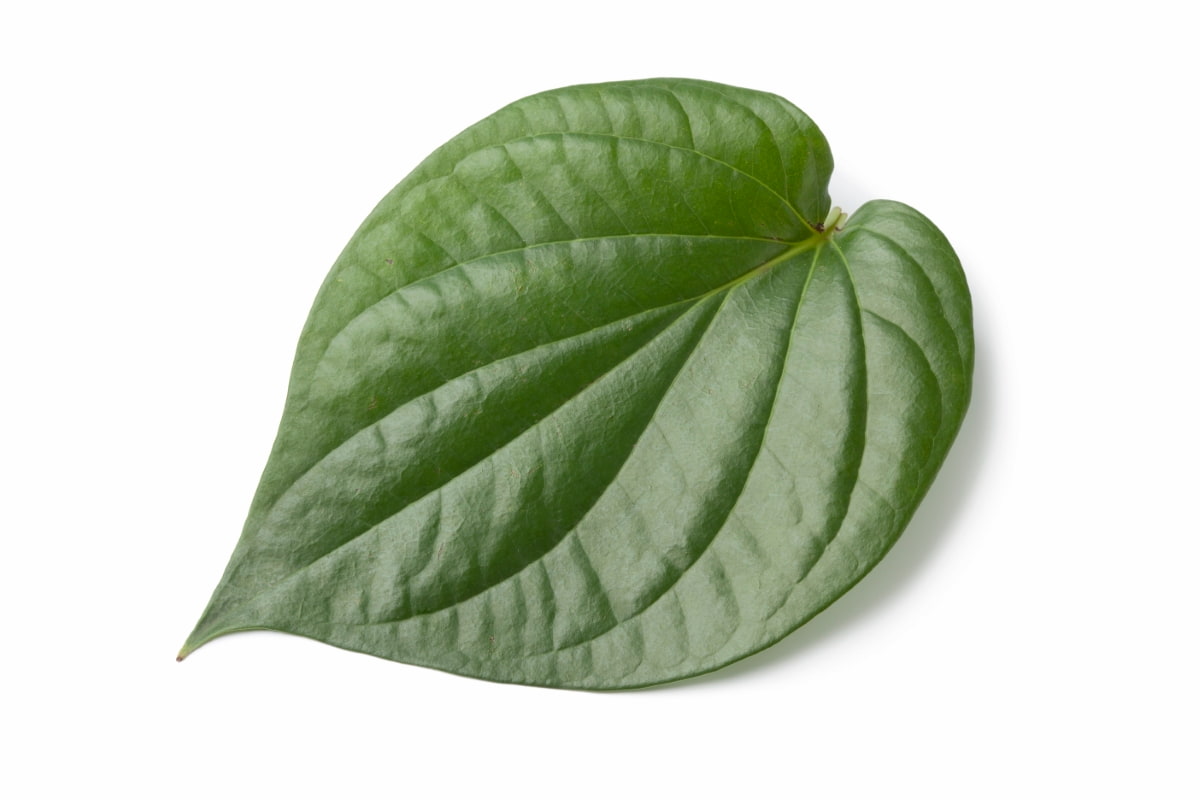Betel leaf, scientifically known as Piper betle, is a tropical evergreen vine valued for its aromatic and medicinal leaves. Widely cultivated in Southeast Asia, the Indian subcontinent, and other tropical regions, betel leaves are an integral part of various cultural practices and traditional medicine.

For a steady and sustainable supply of betel leaves, understanding effective propagation techniques is crucial for enthusiasts, farmers, and gardeners alike. Propagation is the process of reproducing plants to create new individuals. This guide aims to provide an overview of the various propagation techniques for betel leaf plants, empowering individuals to cultivate and propagate this valuable plant successfully.
Propagation Techniques for Betel Leaf
Right Propagation Method
Selecting the appropriate propagation method for betel leaf plants involves several crucial considerations. Firstly, assess the local climate and soil conditions to determine the most suitable method—whether through seeds, stem cuttings, or layering. Factor in the plant’s specific requirements for moisture, sunlight, and temperature.
Consider the desired scale of cultivation and available resources, as some methods may be more cost-effective or efficient than others. Additionally, evaluate the success rates and timeframes associated with each propagation technique. Ultimately, a well-informed decision will ensure successful betel leaf plant propagation, leading to healthy and thriving crops.
Seed Propagation
Betel leaf plants are typically propagated through stem cuttings. However, they can also be grown from seeds. Collect mature seeds from the betel vine and plant them in a well-draining seed-starting mix. Sow the seeds at ¼ inch depth and cover lightly. Maintain consistent moisture and provide warmth, as betel leaf plants thrive in tropical conditions.
Germination usually takes 1-2 weeks. Once seedlings have developed a few leaves, transplant them to their final location. Keep in mind that seed propagation may have variations in traits compared to the parent plant, unlike propagation through cuttings, which maintains the genetic characteristics of the parent.
Cutting Propagation
Betel leaf plants are commonly propagated through stem cuttings. Choose healthy stems with at least two nodes, about 15-20 cm long. Remove lower leaves and leave a few at the tip. Plant the cuttings in a well-draining medium, burying one or two nodes below the surface. Maintain soil moisture and provide partial shade to encourage root development. Regular misting enhances humidity.
Within a few weeks, the cuttings will root. Once rooted, transplant them to their permanent location. This method ensures genetic consistency with the parent plant, allowing for a reliable and efficient way to propagate betel leaf plants in warm, tropical climates. 17000 to 30000 cuttings can be planted in one acre in an open planting system. 40000 to 50000 cuttings are good for closed rectangular planting systems.
Layering Propagation
Layering is an effective propagation method for betel leaf plants. Select a healthy, flexible stem with a node that can reach the ground. Make a small incision or remove a small section of bark near the chosen node. Encourage root development by applying rooting hormone to the wounded area. Gently bury the wounded node in the soil, keeping it moist and secure with stakes if needed.
In case you missed it: Frequently Asked Questions About Betel Leaf Farming

Roots will develop at the wounded node, and once well-established, the new plant can be separated from the parent. Layering is advantageous for maintaining genetic traits and ensures a higher success rate compared to some other propagation methods, making it a practical choice for betel leaf plants in tropical environments.
Division Propagation
Division is a straightforward method for propagating betel leaf plants, especially when they have developed into clumps or clusters. To employ this technique, carefully separate the mature plant into smaller sections, ensuring that each division has a portion of roots and shoots. Use a sharp, clean tool to minimize damage to the plant. Transplant the divisions into well-prepared soil with good drainage.
Provide adequate water and partial shade as the divisions establish themselves. This method allows for the rapid expansion of betel leaf plants, maintaining the genetic characteristics of the parent. It’s a practical approach for gardeners looking to multiply their betel leaf plants and is particularly useful in tropical climates.
Compare Seed Propagation and Cutting Propagation
Seed Propagation
Betel leaf plants can be grown from seeds collected from mature vines. This method introduces some genetic variation, potentially leading to differences in traits compared to the parent plant. Collect mature seeds and sow them in a well-draining seed-starting mix. Germination typically takes 1-2 weeks. While this method allows for the creation of new plants, the variability in traits might be a drawback for those seeking specific characteristics. However, seed propagation is useful for preserving genetic diversity.
Cutting Propagation
The more common and reliable method is cutting propagation. Select healthy stems with at least two nodes, remove lower leaves, and plant them in well-draining soil. This method ensures genetic consistency with the parent plant, maintaining desirable traits. Cuttings usually root within a few weeks, making it a quicker way to establish new plants compared to seeds.
It is particularly advantageous when seeking to reproduce specific characteristics of the parent plant. In summary, while seed propagation introduces variability, cutting propagation provides a more reliable and faster means of reproducing betel leaf plants with traits consistent with the parent. The choice between the two methods depends on the goals and preferences of the gardener.
Nurturing Young Plants
To nurture young betel leaf plants, provide a warm, tropical environment with partial shade. Plant them in the soil rich in organic matter with well-draining capability. Consistently maintain the soil moist but avoid waterlogging. Provide a support structure for climbing varieties. Regularly check for pests and diseases, addressing them promptly. For every 4-6 weeks, fertilize with a balanced, water-soluble fertilizer during the growing season.
Prune the betel leaf plants to promote bushier growth and increased leaf production. Maintain a humid environment, especially during dry periods, through misting. As the plants mature, they gradually acclimate them to sunlight. These practices will contribute to the healthy development of young betel leaf plants.
Common Issues
Common issues in betel leaf plant propagation include poor root development, often due to overwatering or inadequate drainage. Fungal diseases can occur in excessively moist conditions, impacting young plants. Pests like aphids and mites may also pose threats. Inconsistent humidity during propagation can hinder successful rooting.
In case you missed it: The Best Organic Fertilizer for Betel Leaf (Paan): When and How to Apply

Using unhealthy or infected cuttings can lead to failed propagation. Overexposure to sunlight before acclimatization may cause stress. Vigilant monitoring, proper watering practices, disease prevention measures, and ensuring the use of healthy cuttings contribute to successful betel leaf plant propagation, mitigating these common challenges.
Conclusion
In conclusion, mastering propagation techniques for betel leaf plants is essential for successful cultivation. Careful attention to environmental conditions, watering, and pest control is crucial. By choosing the right method and providing proper care, enthusiasts can enjoy the lush beauty and cultural significance of betel leaf plants in their gardens with confidence and success.
- Feed Your Flock for Less: Top 10 Tips to Save on Chicken Feed
- Ultimate Guide to Ossabaw Island Hog: Breeding, Raising, Diet, and Care
- Hatching Answers: The Top 10 Reasons Your Chickens Aren’t Laying Eggs
- Eggs and Economics: Breaking Down the Cost of Raising Backyard Chickens
- Defend Your Greens: Proven Methods to Keep Iguanas Out of Your Garden
- Ultimate Guide to Cinnamon Queen Chicken: A Comprehensive Guide for Beginners
- Ultimate Guide to California Tan Chicken: Breeding, Raising, Diet, Egg-Production and Care
- Ultimate Guide to Marsh Daisy Chicken: Breeding, Raising, Diet, and Care
- 10 Types of Chicken Farming Businesses You Can Start for Profits